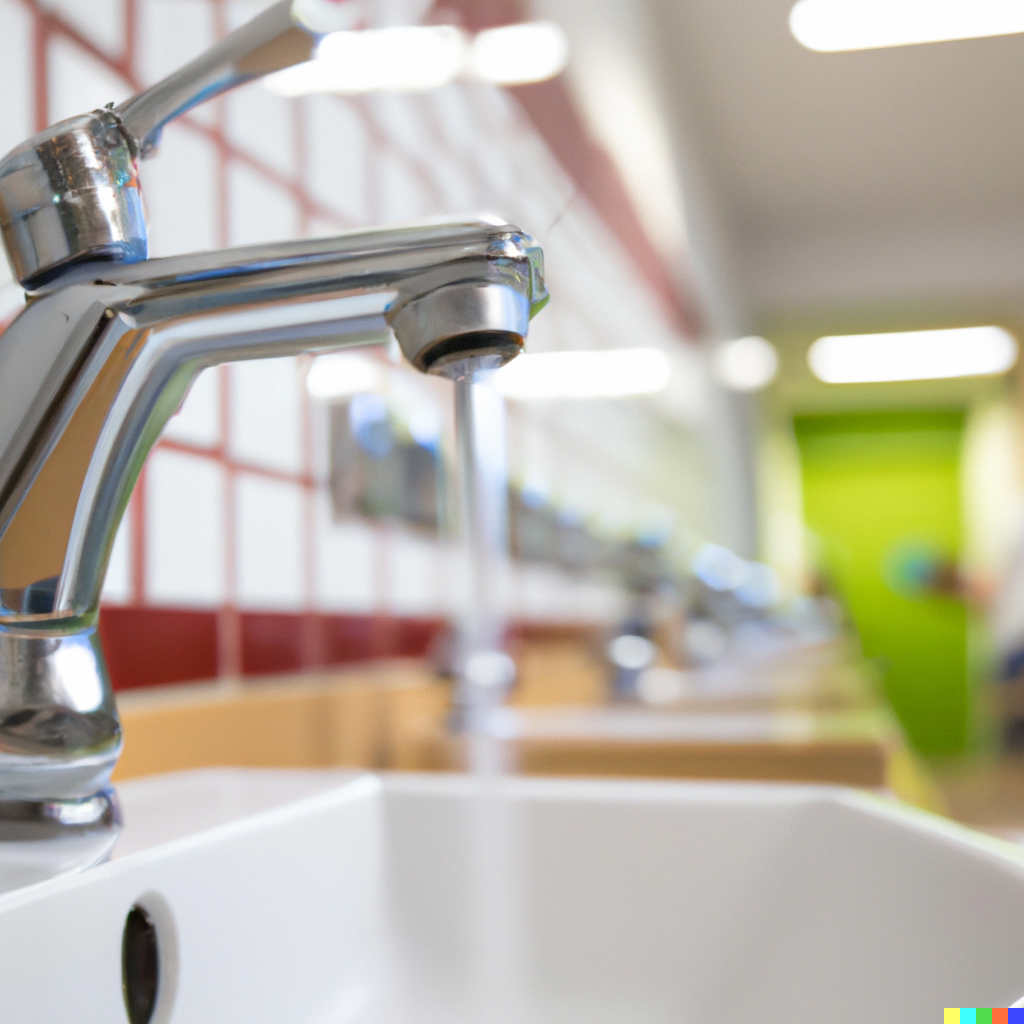No. 17: Turn the hot water down, everywhere…
No. 17: Turn the hot water down, everywhere…
Number 17
According to the U.S. Environmental Protection Agency (EPA), reducing the water temperature by just 2 degrees Celsius can result in a 5-10% reduction in energy use and corresponding greenhouse gas emissions.
Learn why you should do this:
Turning down the hot water temperature in schools can have a significant impact on both the environment and the financial bottom line. By reducing the temperature of the hot water, schools can reduce their energy consumption, lower their carbon footprint, and save money on their utility bills.
One of the primary benefits of reducing the hot water temperature is the reduction in energy consumption. According to the US Department of Energy (2022), a decrease in the temperature of hot water by just 2 degrees can result in a significant reduction in energy consumption. This reduction in energy consumption can help schools to lower their carbon footprint, as they will be using less energy from non-renewable sources such as coal and natural gas.
Another benefit of reducing the hot water temperature is the reduction in the amount of energy needed to heat the water. According to the Environmental Protection Agency (2021), the energy needed to heat hot water accounts for approximately 15% of a building’s total energy consumption. By reducing the temperature of the hot water, schools can lower their energy bills, as they will require less energy to heat the water.
In addition to the financial benefits, reducing the hot water temperature can also have a positive impact on the environment. According to the US Environmental Protection Agency (2021), hot water heating accounts for a significant portion of a building’s greenhouse gas emissions. By reducing the hot water temperature, schools can reduce their carbon footprint and help to mitigate the effects of climate change.
Another benefit of reducing the hot water temperature is the reduction in maintenance costs. According to the US Department of Energy (2022), high-temperature hot water systems require more maintenance than low-temperature systems. By reducing the temperature of the hot water, schools can reduce the amount of maintenance required and save money on maintenance costs.
Finally, reducing the hot water temperature can also help to improve the safety of students and staff. According to the US Consumer Product Safety Commission (2021), high-temperature hot water can cause serious burns and scalds. By reducing the temperature of the hot water, schools can reduce the risk of injury and help to create a safer environment for students and staff.
In conclusion, reducing the hot water temperature in schools can have a significant impact on both the environment and the financial bottom line. By reducing energy consumption, lowering the carbon footprint, reducing maintenance costs, and improving the safety of students and staff, schools can create a more sustainable and cost-effective environment for their students and staff.
References:
- US Department of Energy. (2022). The Benefits of Lowering the Temperature of Hot Water. Retrieved from https://www.energy.gov/eere/buildings/articles/benefits-lowering-temperature-hot-water
- Environmental Protection Agency. (2021). The Benefits of Lowering the Temperature of Hot Water. Retrieved from https://www.epa.gov/energy/benefits-lowering-temperature-hot-water
- US Consumer Product Safety Commission. (2021). The Dangers of High-Temperature Hot Water. Retrieved from https://www.cpsc.gov/Safety-Education/Safety-Education-Centers/Home-Safety/Hot-Water-Safety/The-Dangers-of-High-Temperature-Hot-Water

More ways to make a difference, now!
No. 61: Installing pedal-powered charging stations
Number 61 Pedal-powered charging stations in schools provide both environmental and educational benefits by promoting sustainability and physical activity. These charging stations can also save money on energy costs. Installing pedal-powered charging stations in...
No. 60: Use eco-friendly paints and coatings
Number 60 This article discusses the environmental and financial benefits of using eco-friendly paints and coatings in schools. By using non-toxic and low VOC options, schools can reduce their environmental impact and create healthier learning environments....
No. 59: Invest in energy-efficient pool heaters
Number 59 This article discusses the environmental and financial benefits of investing in energy-efficient pool heaters for schools. By using efficient pool heating systems, schools can save money on energy bills and reduce their carbon footprint. Swimming pools are...
All 100 ideas in one, easy to share ebook. Download now and start helping your school be its best version of itself...
Downloaded over 17,000 times!






